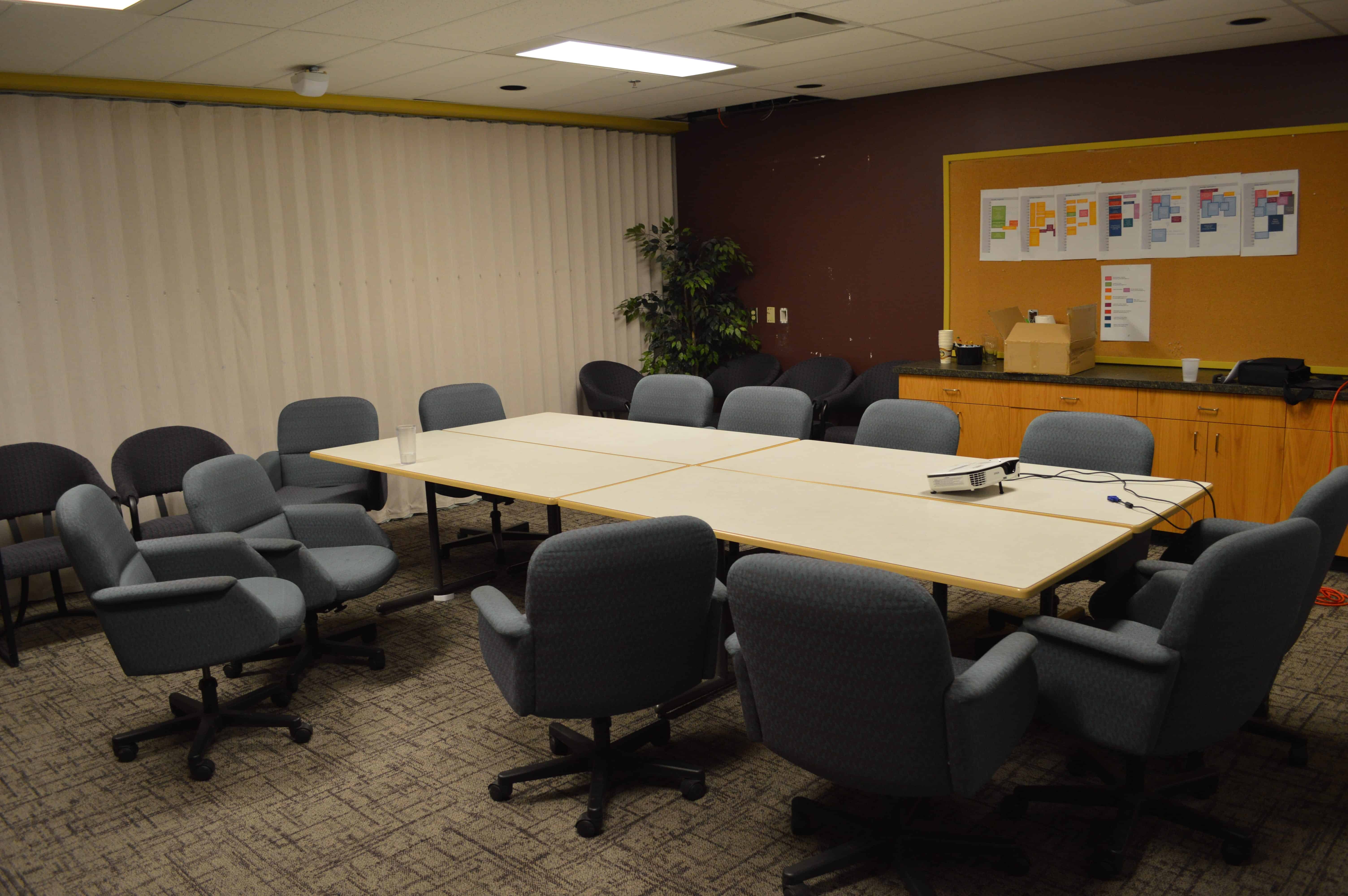How to build a hockey dynasty

What does Canada have to do to get back to the podium?
Harrison Brooks – Contributor
In January 2009, Canadians were riding high after watching the Canadian Junior team win their fifth straight gold medal, and tenth in the previous 11 years, at the IIHF World Junior Championships in Ottawa. No one could expect or even fathom that their next gold wouldn’t come until January of 2015. It was a long hard journey for the Canadians to get back to where they belong with the gold hanging around their necks and “O Canada” blasting throughout the arena.
The last gold streak for Canada that ended January 5, 2010 in Saskatoon started in 2005 with a star studded Canadian team that featured none other than Sidney Crosby. So it’s almost fate that Canada’s next gold streak, cross your fingers, starts with the kid touted to be the next Sidney Crosby, Connor McDavid. However, breaking the slump has brought up some questions, like: How do they continue this success for the years following? And, what kind of challenges are they going to face in those coming years?
Continuing the Success
In 2006 and 2007, Canada put together their roster based on what a balanced team should be like with two scoring lines an energy line and a shutdown line. This system worked great for them and they won Gold in both those years. In recent years, however, Canada has tried to construct their teams using this same model and it has not been working well for them, being held without a medal in both 2013 and 2014. After the success of the Canadian team in the Sochi Olympics, director of player personnel for the juniors Ryan Jankowski decided to follow the Olympic model and have four scoring lines. This is possibly the most important aspect in continuing the success of the Canadian team in the coming years.
Canada has no trouble producing players who have obvious leadership skills, but choosing the right captain and alternates is more important and sometimes harder than meets the eye. Take this year as an example, Lazar was the captain, and McDavid and Reinhart were the alternates. Three obvious leaders, who happened to compliment each other nicely. Reinhart was very serious and lead with his unbelievable hockey IQ. McDavid was also very serious and liked to lead by example with his play on the ice. Then there was Lazar, who has a very upbeat attitude, and was always smiling and outspoken. He made it his mission to lighten the guys up and keep them loose. When comparing this to previous years one thing I have noticed is that the most veteran players are usually given the leadership roles even if 1) there are better options with the younger players, or 2) they, simply, aren’t very good leaders. So choosing the right captains is another key for Canada’s success moving forward.
Challenges
The biggest challenge every year for the Canadians to overcome is losing their best players to the NHL. Just think about what kind of team Canada could have iced if eligible players like MacKinnon, Drouin, Monahan, and Ekblad would have been on the team. This unavailability of players happens every year because Canadian kids are constantly making the jump to the NHL. Just taking a look at this year’s roster, Canada could possibly lose nine of their players to the NHL next year. Five of those nine, including Duclair, McDavid, Reinhart, Lazar, and Nurse, are for sure gone, while guys like Domi and Morrissey have a good shot. Of course, other top teams have the same problem of losing their best players to the NHL, but the difference is the number of players not available to play. Teams like USA and Sweden will lose one or two each year where as with Canada, there will consistently be three to five big name players that won’t be available for the team. Canada has overcome this obstacle before, but it will continue to be their biggest challenge going forward.










